Table of Contents
Ever feel like your home is bursting at the seams? You’re not alone. A cluttered home affects not just your space but your daily routine and stress levels.
Most homeowners would say they need more storage space, but the truth is that your home already has plenty of untapped storage spots. Here are a few places to look.
1. Behind Closed Doors
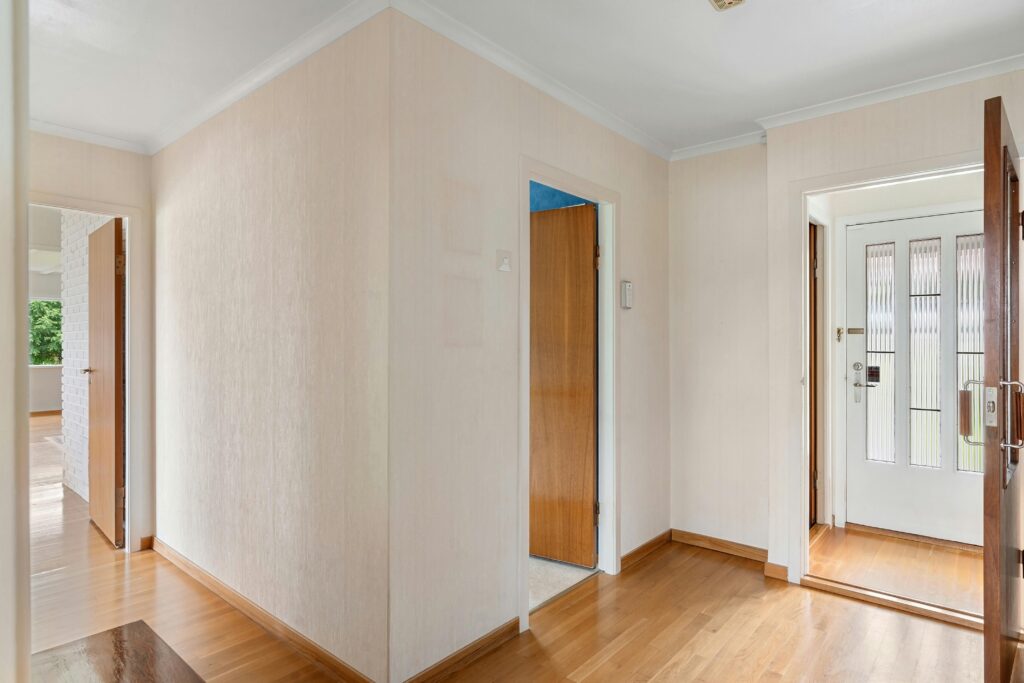
The back of doors is prime real estate for storage, yet most people completely ignore this space. Install over-the-door organizers on bedroom and bathroom doors to store shoes, accessories, or toiletries.
The inside of cabinet doors works just as well. Add small hooks or magnetic strips to hold spices, cleaning supplies, or even pot lids.
2. Around Your Ceiling
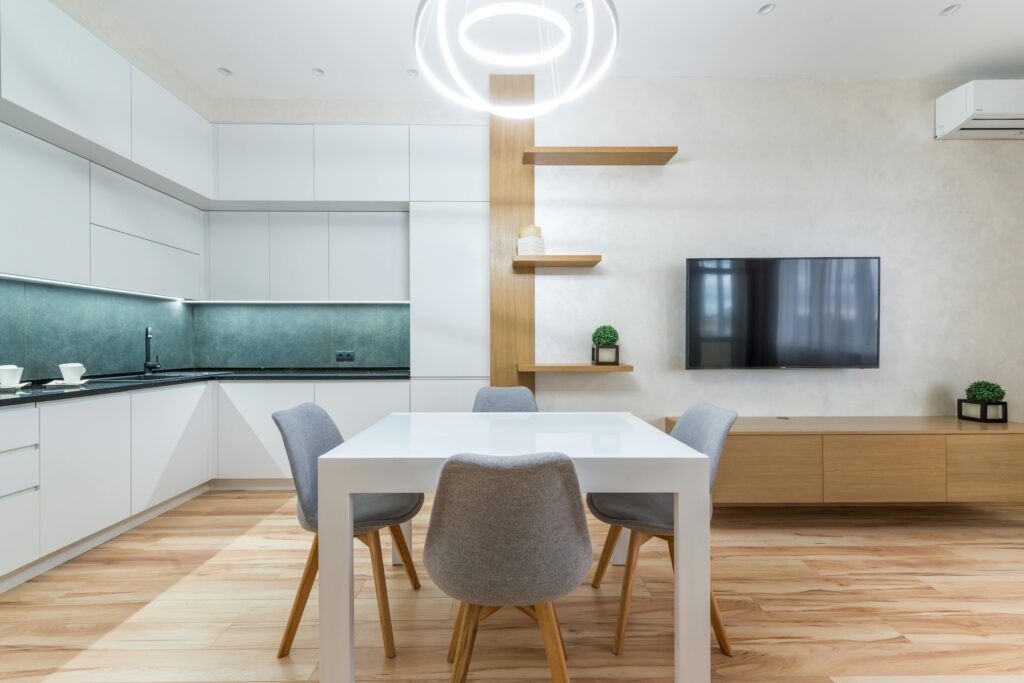
The area near your ceiling offers tons of unused space. Install shelving units about 18 inches below the ceiling in garages, closets, or even hallways. This high-up space works great for seasonal items or things you don’t need often.
In the garage, ceiling-mounted racks can hold everything from holiday decorations to camping gear.
3. Corner Spaces
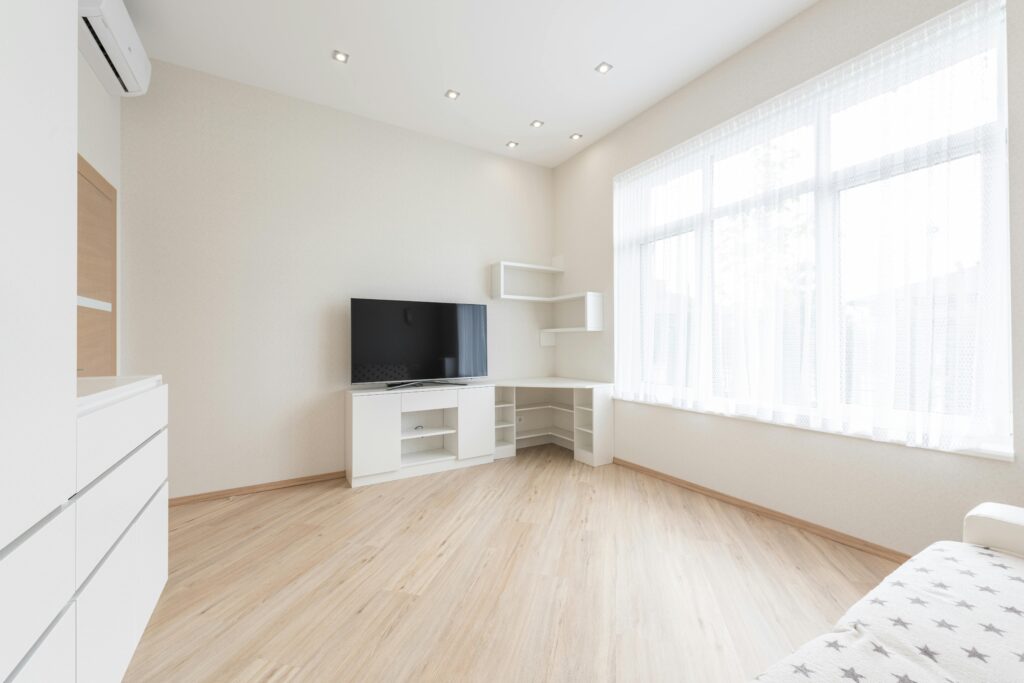
Corners often become dead spaces in homes. Corner shelves can transform these awkward spots into useful storage areas.
In the kitchen, a lazy Susan in corner cabinets makes it easy to reach items tucked in the back. For living rooms, try corner bookcases or floating shelves that wrap around the corner.
4. Under-Bed Space
The space under your bed can store more than you think. Use flat storage containers with wheels for easy access.
This space works well for off-season clothes, extra bedding, or shoes. If your bed sits too low, bed risers can create an extra 6-8 inches of storage height.
5. Between-Studs Storage
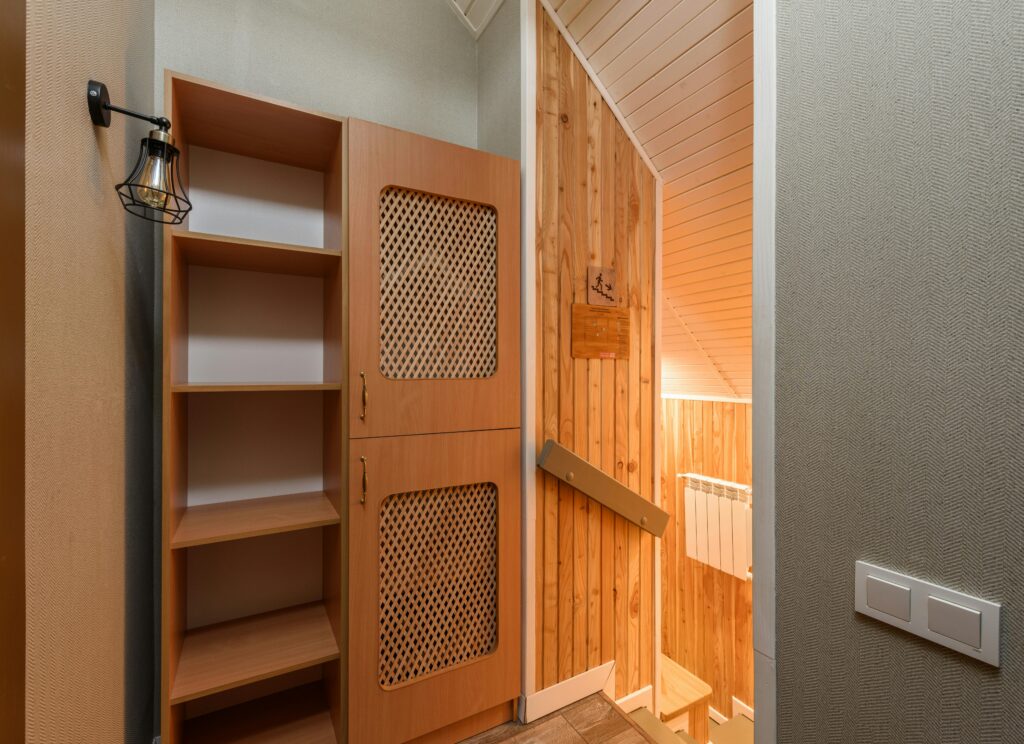
Your walls have built-in storage potential between the studs. This works especially well in bathrooms and kitchens.
A recessed medicine cabinet or built-in shelf between studs adds storage without taking up any floor space. You can even create a full recessed pantry in deeper walls.
6. The Staircase
Staircases offer surprising storage opportunities. The space under the stairs can become a closet, shelving unit, or pull-out drawer system.
Even the stairs themselves can be converted into pull-out drawers. This works great for shoes, books, or seasonal items.
7. Furniture Spaces
Choose furniture that doubles as storage. Ottoman coffee tables can hold blankets and games. Platform beds with built-in drawers eliminate the need for a dresser.
Even dining benches can have storage compartments for table linens or rarely used kitchenware.
8. Closet Vertical Space
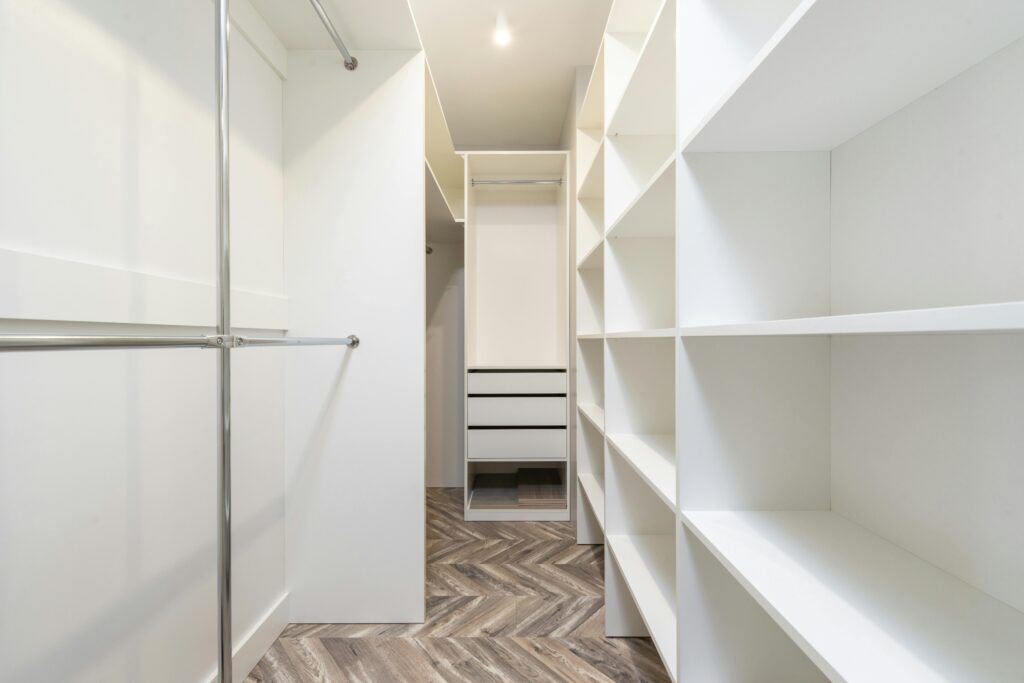
Most closets waste vertical space with a single rod and shelf. Install a double-rod system to hang twice as many clothes.
Also, add shelf dividers to stop stacked items from toppling over. Use the inside of closet doors for tie racks, belt holders, or even a full-length mirror with hidden jewelry storage.
9. Laundry Room
Laundry rooms often have unused wall space. Install a retractable clothesline or drying rack that folds away when not needed.
Add a slim rolling cart between the washer and dryer for cleaning supplies. Wall-mounted drying racks can fold flat against the wall when not in use.
10. The Garage
Garage walls offer endless storage possibilities. Install track systems for adjustable hooks and shelves. Use pegboards for tools and equipment.
Even the space above your parked car can hold storage racks for seasonal items or rarely used gear.
11. Small Spaces
In tight spaces, look for unused gaps. The space between your fridge and wall can hold a slim rolling pantry. The few inches between your washer and dryer can fit a narrow storage cart.
Even the space above door frames can hold small floating shelves.
12. Your Kitchen
Kitchen cabinets often waste space with poor organization. Add risers to stack plates and bowls more efficiently.
Install pull-out organizers in deep cabinets to reach items in the back. Use magnetic strips on the sides of cabinets to hold knives or spice jars.
Why Space Matters
When things don’t have a proper home, you waste time searching for items and often buy duplicates of things you already own.
Good storage isn’t just about tidiness but making your home work better for you. So, start with the areas that frustrate you most, and focus on solutions that make items easy to both store and access.
Quick Assessment Tips
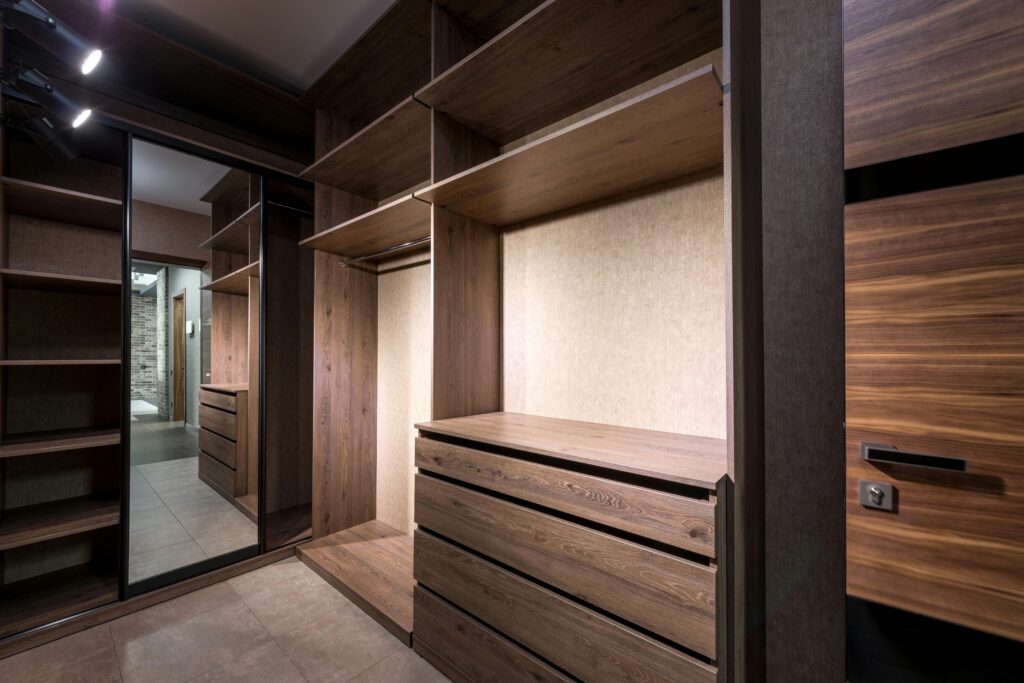
Before going into storage solutions, take time to understand your space and how you use it. Here’s what to consider:
1. Map Your Problem Areas
Walk through your home and note where clutter builds up naturally. These spots often signal a need for better storage solutions or a change in your daily habits.
Look for areas where items get dumped regularly or spaces that never seem to stay organized.
2. Track Your Daily Routine
Pay attention to your movement patterns throughout the day. Where do you need certain items most often? Which spots in your home see the most activity?
This helps you place storage where it makes the most sense for your lifestyle.
3. List Your Storage Priorities
Not everything needs to be within arm’s reach. Sort your items by how often you use them.
Daily-use items should be easily accessible, while seasonal items can go in harder-to-reach spots. This helps you maximize your prime storage real estate.
4. Measure Everything Twice
Take measurements of all potential storage spaces, including heights, widths, and depths.
Include doorways and hallways too because you don’t want to buy storage solutions that won’t fit through your doors or block your walking paths.
Making Storage Solutions Last
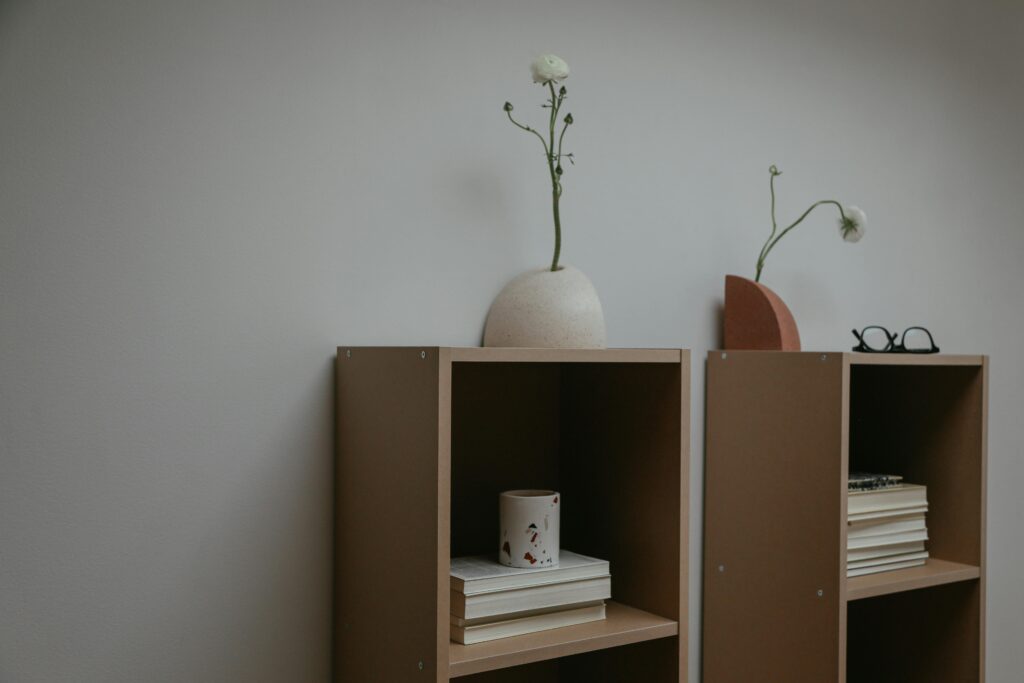
Creating storage solutions is one thing, but here’s how to make your systems stick:
1. Keep It Simple
The easier a storage system is to use, the more likely everyone will stick to it. Focus on solutions that make sense at a glance and don’t require multiple steps to access or put away items.
2. Create Clear Zones
Designate specific areas for different types of items and activities. Having a dedicated spot for everything reduces decision fatigue and makes it easier for everyone to know where things belong.
3. Set Up Maintenance Routines
Schedule regular times to review and reset your storage systems. Weekly quick cleanups and seasonal deep organizing sessions help catch problems before they grow into bigger issues.
4. Adjust As Needed
Be willing to tweak your storage solutions if they’re not working. Sometimes what looks good on paper doesn’t work in real life. Pay attention to what’s working and what isn’t, and don’t be afraid to make changes.
Make It Work for You
The key to finding hidden storage isn’t just about spotting unused space. It’s about creating systems that work for your daily life. Your home has more storage space than you think. You just need to get creative about using it.

Hi, I’m Christian, a 43-year-old father of two and a lifelong DIY enthusiast. My workshop is where I spend countless hours experimenting, upgrading, and fine-tuning. Sharing my experiences and practical advice is my way of helping others create homes they love.




